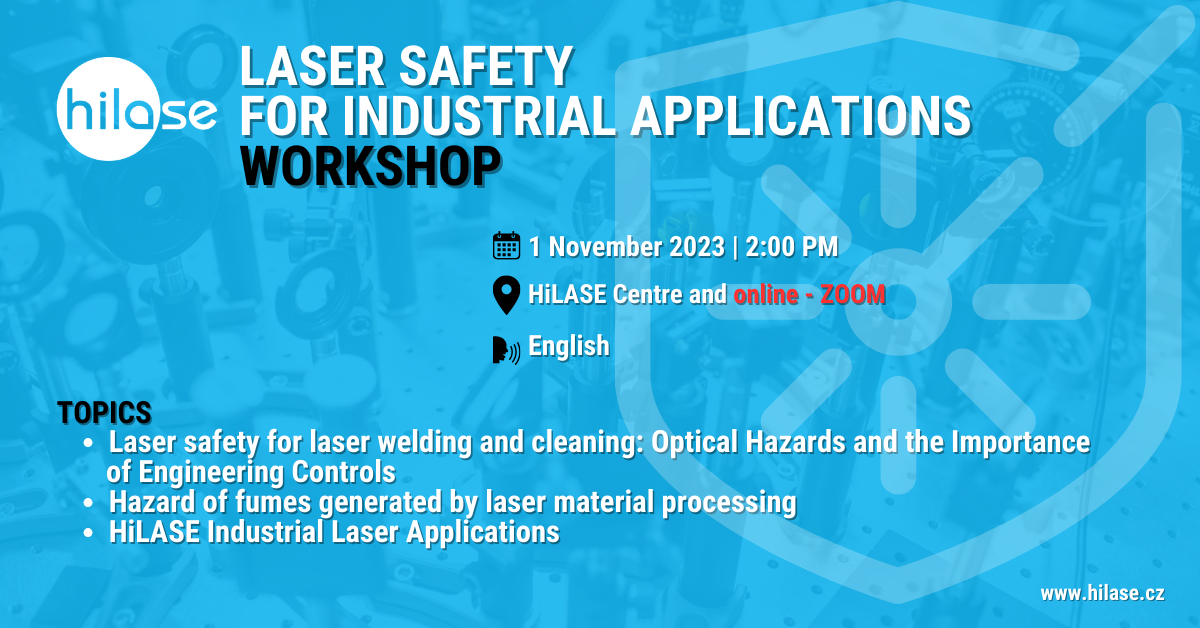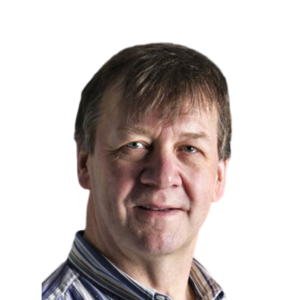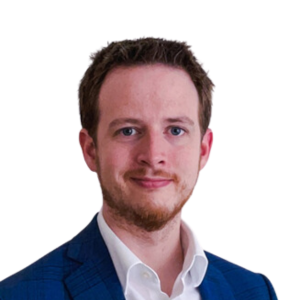Dovolujeme si vás pozvat na workshop Laserová bezpečnost pro průmyslové aplikace, na kterém budou přednášet specialisté na laserovou bezpečnost Prof. John Tyrer a Dr. Lewis Jones z Wolfson School of Mechanical, Electrical and Manufacturing Engineering of Loughborough University, UK.

Workshop je součástí aktivit centra HiLASE “Světlo ve službách společnosti”.
AGENDA
13:40 – 14:00 Registrace
14:00 – 14:15 Přivítání, představení Centra HiLASE | Martin Smrž
14:15 – 14:30 Pokročilé laserové zpracování a výrobní technologie | Jan Vanda
14:30 – 15:15 Nebezpečí zplodin při laserovém opracování materiálů | Dr L. Jones
15:15 – 16:00 Laserová bezpečnost při svařování a čištění laserem | Prof. John Tyrer
16:00 – 16:30 Konec & Networking
KDY: 1.11.2023 od 14:00 – 16:30
KDE:
ZOOM: REGISTRAČNÍ LINK a
Centrum HiLASE | Za Radnicí 828 | 252 41 Dolní Břežany | mapka
JAZYK: Angličtina
CENA: ZDARMA
TÉMATA
Laserová bezpečnost při svařování a čištění: Optická nebezpečí a důležitost technických kontrol
Laserové svařování a laserové čištění jsou stále častěji používané technologie, při kterých je nebezpečí optického záření prvořadé. Prezentace bude zaměřena na technická opatření, včetně ochranných krytů, blokovacích systémů (interlocků) a na proaktivní přístup k bezpečnosti laserů.Budou představeny novinky norem pro laserovou bezpačnost od vedoucího pracovní skupiny WG7 Vysokovýkonné lasery a laserové systémy, technické komise TC76 Bezpečnost optického záření a laserová zařízení IEC (International Electrotechnical Commission). (Pozn.: Pracovní skupina WG7 TC76 IEC aktualizuje normu IEC 60825-4 Bezpečnost laserových zařízení – Část 4: Ochranné kryty laserů)
Řízení nebezpečí zplodin generovaných laserem: Kritický prvek laserové bezpečnosti
Tato prezentace zdůrazňuje význam nebezpečí zplodin vznikajících při práci s laserem jako jednoho z hlavních omezujících faktorů laserové bezpečnosti. Pronikneme do složení zplodin, souvisejících rizik a účinných kontrolních opatření. Představíme výsledky nedávných výzkumných studií a poznatky získané při řezání laserem v těžkém průmyslu a ve zdravotnickém prostředí. Zúčastněte se, abyste se dozvěděli, jak chránit pracovníky a zajistit bezpečnější pracovní prostředí v průmyslových odvětvích využívajících lasery.
Pokročilé laserové zpracování a výrobní technologie
Pokročilé laserové zpracování a výrobní technologie souvisí s využitím špičkových laserů spolu s vyspělou senzorikou, zpětnovazebním řízením a strojovým učením. Jedná se například o funkcionalizaci povrchů pomocí mikro a nanostruktur, zvyšováním odolnosti kovových součástí a výrobou součástí hybridními technologiemi apod. Funkcionalizace znamená ovlivňování povrchových vlastností, například frikce nebo biokompatibility, pomocí jasně definovaných struktur. Dále se jedná o prodloužení životnosti a bezpečnost kritických součástí kontrolovaným vnášením zbytkových povrchových napětí. Z pohledu technologií mluvíme o využití LSP (Laser shock peening), LMM (Laser Micromachining) a LIDT (Laser Induced Damage Treshold). Patří sem i laserové svařování, navařování a 3D tisk.

Professor John Tyrer FIMechE, FLIA
John Tyrer is a Professor of Optical Instrumentation and is a member of the Optical Engineering Research Group at Loughborough University where he has worked for over four decades. A Mechanical Engineer by education, John is a laser materials processing expert who has pioneered the use of computer-generated holographic optics for custom beam generation to improve material properties of laser processed parts. Along with his researchers, he has been actively pursuing the use of high efficiency holographic (diffractive) beam manipulation for a wide range of applications and has successfully commercialised technologies in this field. John has a holistic approach to the hazard potential of laser systems. A long term interest has been fume from laser cutting and welding, he has been interested in mathematical/physical models bringing an understanding that fume carries real time information concerning the state of the laser process, this has led to novel process control and a methods of categorising laser fume hazards. For product laser safety compliancy it is essential to have a broad experience of component and product issues, this has been significant in the determination of hazards from CW & pulsed lasers. He is the co-convenor of Working Group 7 – High Power Laser Safety for the IEC TC 76 Laser Safety Committee. 25 years ago he set up a spin out company (Laser Optical Engineering Ltd - LOE) from his university research to provide the mechanism to exploit novel University work, through applied research, to enable high level product development. He recently helped set up a company for the testing of consumer motorcycle helmets The Helmet Inspection Company, which provides owners of helmets an inspection service to examine and report upon the structural integrity of the helmet and if it is still fit for purpose after being dropped etc. LOE has maintained the structural integrity of all composite lifeboats for the RNLI (440 lifeboats) over the last 25 years. They inspect the hull, decking and superstructure of every lifeboat as it manufactured, after significant impact damage and at refit to ensure the crew go to sea in unsinkable vessels, no lifeboat has been lost on his watch.

Dr Lewis Jones MEng PhD CEng MIMechE FHEA
Dr Lewis Jones is a Senior Lecturer in Laser Processing at the Wolfson School of Mechanical, Electrical and Manufacturing Engineering at Loughborough University (since 2022). Previous appointments include Lecturer (2016-2022) and research associate (2015-2016). He holds a PhD in Engineering Pedagogy (2016) and an MEng degree in Product Design Engineering (2011), both from Loughborough University. His research interests are focused on laser-based manufacturing processes to improve energy efficiency for low-carbon manufacturing. The emphasis of this work is to study laser-material interactions in non-conventional materials, identifying processes where lasers can have a disruptive change to current practice. Analysis techniques are multi-scale, investigating specific laser-material interactions, manufacturing process and material performance, and also the system level efficiency and integration of lasers. Supporting this research focus is the development of new knowledge related to laser safety as enabling expertise to remove barriers to use for laser applications. Lewis is a Chartered Engineer and a member of the Institution of Mechanical Engineers. He is a member of the BSI and IEC standards technical committee on optical radiation safety and laser equipment. He is a Fellow of the Higher Education Academy.








